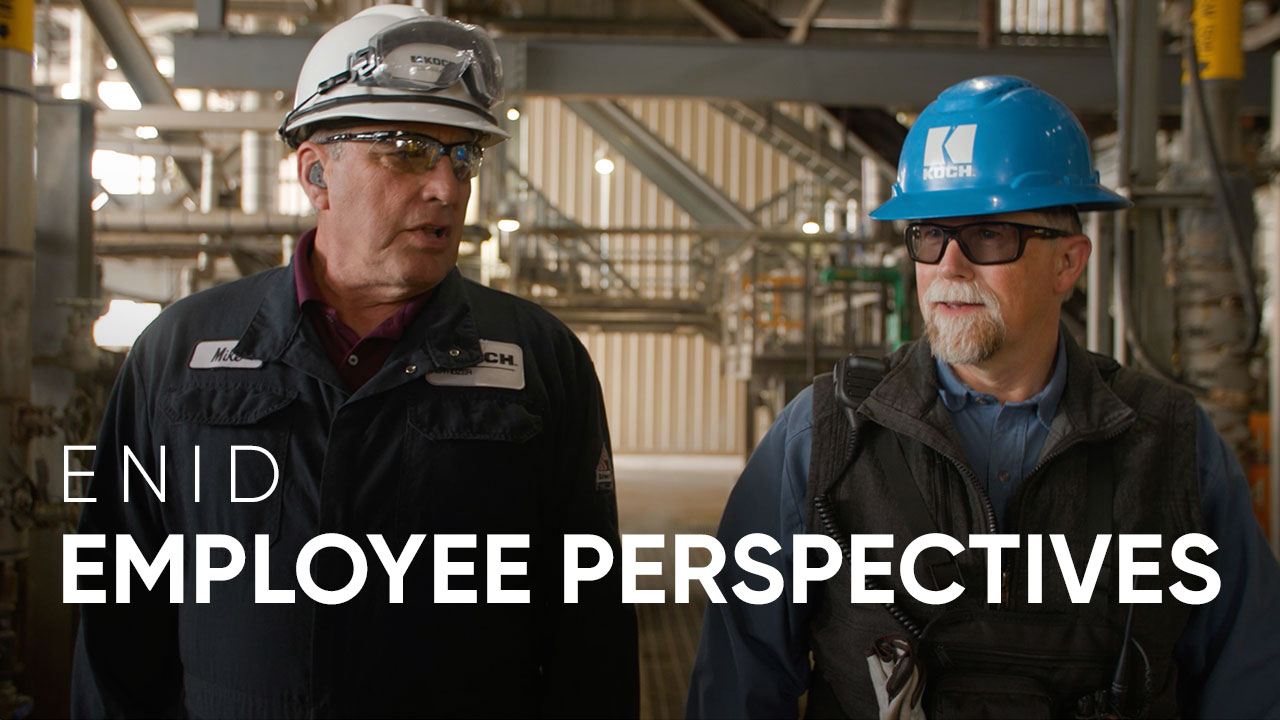原则简述
Not only is our world rapidly changing, the rate of change is accelerating. We have long emphasized the importance of continuous improvement; however, today we need more than that. We need continual transformation which requires a heightened sense of urgency. If we do not continually transform, creative destruction and entropy will overwhelm us, and we will fail.
Transformation doesn’t mean doing what we’ve been doing a little better or a little faster. It means doing things in entirely new ways, such as: creating new and better products and services, using new technology, combining existing methods and technologies in new ways, significantly reducing the resources consumed and eliminating unprofitable activities. None of these happen without employees who are contribution motivated. For every innovation there is an innovator – and likely many contributors. For every improvement there are employees with the initiative, ideas and skills to make it happen.
Transformation also requires building knowledge networks to inform us of methods, technologies and trends from anywhere in the world that might improve, disrupt or destroy what we do today. These knowledge-sharing networks, both internal and external, along with reality-based measures and well-designed experiments, are critical to achieving the necessary rate of transformation. If we are protectionist and close ourselves off from competition or innovation we will become obsolete.
Transformations only come about if we transform ourselves. This starts with a willingness to undergo the most difficult and painful of all changes: changing our paradigms. Developing new paradigms and habits based on principles of human progress involves focused and prolonged effort. Consider what’s required for a bodybuilder to transform into a marathon runner. Long-term success also entails continually seeking help to acquire new knowledge and skills. Being a lifelong learner is essential.
Our organization is transformed when we continually develop and update its vision, strategies, capabilities, products and services to create superior value and satisfy unmet needs. This is only possible in an entrepreneurial culture where employees are eager and willing to drive transformation from the bottom up rather than waiting for a top-down grand plan. While some transformations are big leaps forward, many are the cumulative result of employees continually challenging and pushing themselves and their teams to find new ways to create value.
Koch’s transformations have always depended on employees who are contribution motivated – who know that no matter how well we (as a company or individuals) are performing today, we can always do better. If we dedicate ourselves to understanding and applying the principles of human progress to continually transform ourselves and our organizations, we can accomplish more and have better lives than we ever imagined.
更好地理解它
例子
以下是一些示例,说明转型对个人和组织的影响。
- 改变自己
- 帮助他人转型
- 帮助公司转型
试一试
这些原则的力量是通过应用来实现的。申请时学习是无可替代的。
探索并分享一些转型的例子——考虑内部和外部的例子。
《转型原则简述》列出了一些形式的转型:创造新的更好的产品和服务,使用新技术,以新的方式结合现有方法和技术,显着减少资源消耗并消除无利可图的活动。你/你的团队现在可以追求什么?
您预计您的行业、公司或职业会发生哪些转变?你正在做些什么准备?
如果你不转型,你的业务或工作领域有哪些领域会被抛在后面?
哪些业务领域进展顺利?这些领域在未来将如何转型?
想想你转变的时候。转型需要什么?您可以将哪些经验教训应用于您目前的情况?
